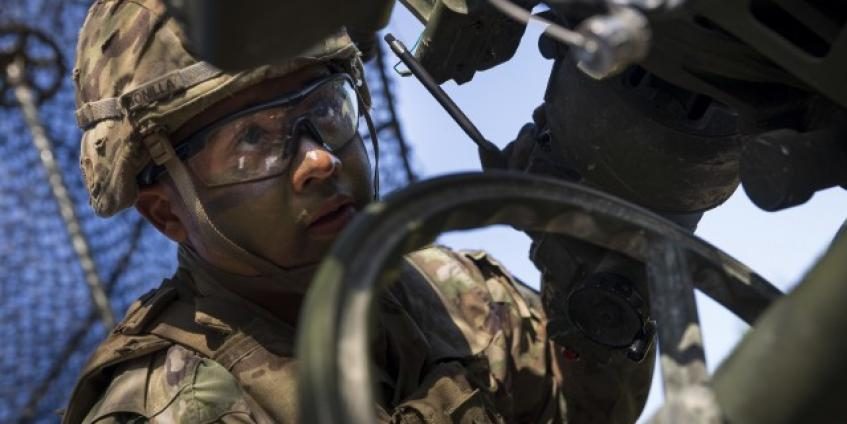ABERDEEN PROVING GROUND, MD — Army researchers and industry partners recently published a study showing how they developed new materials and manufacturing methods to create higher performing helmet padding that reduces the likelihood of head injury in combat and recreational helmets.
A team from the U.S. Army Combat Capabilities Development Command’s Army Research Laboratory and its HRL Laboratories partners used advances in 3-D printing to create new helmet padding that consists of highly-tuned, open-cell lattice structures.
“Careful control of the lattice design imparts novel compression characteristics to the padding that reduce peak head acceleration during blunt impact events compared to existing state-of-the-art foam padding,” said Dr. Thomas Plaisted, the lab’s project lead. “Testing demonstrated a 27% increase in energy attenuation efficiency when inserted into a combat helmet compared to current best-performing foam pads.”


